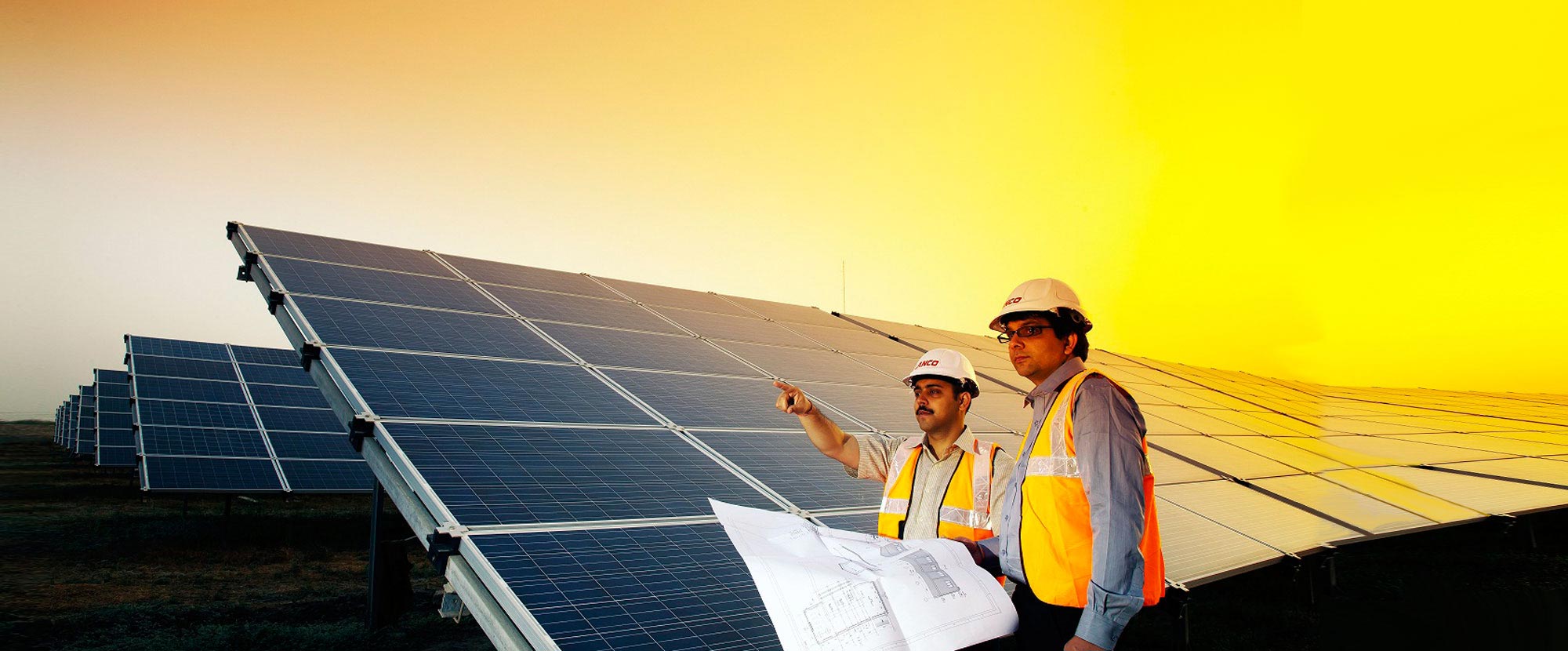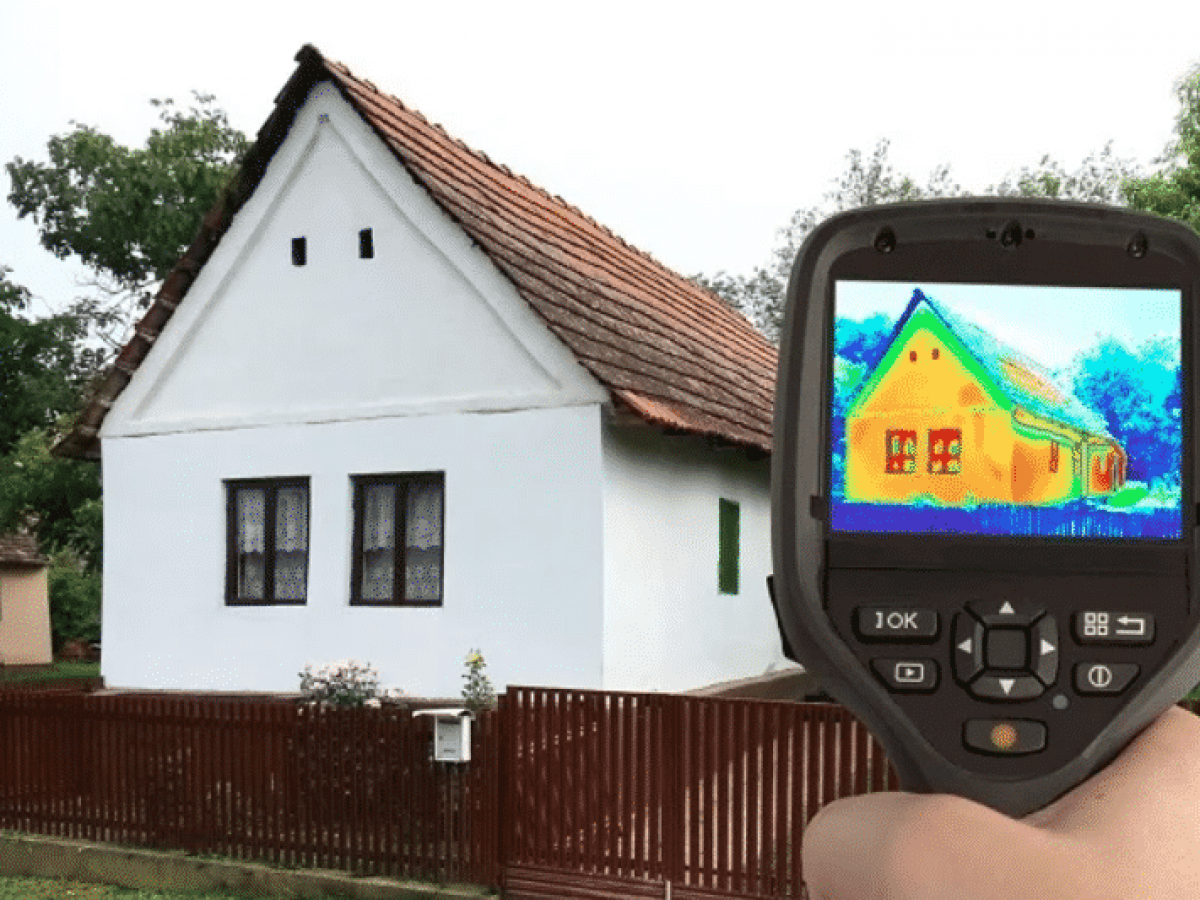In Physics, the ubiquitous energy is defined as “the capacity for doing work.” The principle of conservation of energy states that the energy can neither be created nor destroyed, it can only be transformed from one form to another. To understand the validity of this statement let us consider an everyday example – A box slides down a hill, in this case, the potential energy that the box has acquired from being located high up on the slope is converted to kinetic energy. As the box slows down due to friction, the kinetic energy from the box’s motion is converted to thermal energy that heats the box and the slope. From this example, we understand that energy is not destroyed but merely transformed into another form of energy.
History of Energy
The term “energy” is derived from the Greek word “energeia”. The word literally translates to activity, operation. In 1807, Thomas Young coined the term “energy.” The theory of conservation of energy was formulated after major discoveries were made in the 19th and 20th centuries by Gustave-Gaspard Coriolis, William Rankine, and James Prescott Joule.
Types of Energy
Although there are different types of energy, they are broadly classified into potential energy and kinetic energy. Kinetic energy is the energy possessed by the body due to the virtue of its motion. Objects in motion are capable of causing a change and doing work. Potential energy is the energy stored in an object or system of objects. Potential energy has the ability to transform into a more obvious form of kinetic energy. In the next few sections, let us go over the various types of energy and understand their characteristics more clearly.
Types of Potential Energy
Chemical Potential Energy
The potential energy stored in the chemical bonds of substances is known as chemical potential energy.
Elastic Potential Energy
Elastic potential energy is energy stored when a force is applied to deform an elastic object. The energy is stored until the force is removed and the object springs back to its original shape, doing work during the process.
Electric Potential Energy
The potential energy needed to move a charge against an electric field is known as electric potential energy.
Gravitational Potential Energy
The potential energy stored in an object due to its vertical position or height is known as the gravitational potential energy.
Types of Kinetic Energy
Radiant Energy
Radiant energy is the energy created by electromagnetic waves and is commonly experienced by humans in the form of heat.
Electrical Energy
The flow of electrons around a circuit results in electricity and is more commonly referred to as the electrical energy.
Mechanical Energy
Mechanical energy is the energy associated with the mechanical movement of objects.
Sound Energy
The human brain perceives the vibrations from the surroundings that reach the human ears as sound. The disturbance moves in the medium in the form of sound waves and reaches our eardrum. On reaching the eardrum, these waves are transformed into electrical signals and sent to the brain, which is later interpreted as sound.
















